The route:
China Urumqi > Turpan > Kuerle > Kuqa > Kashgar > Kuqa > Nalati (via Duku Scenic Drive) > Kuerdening > Yining > Sailimu Lake > Yining > Urumqi > Buerjin > Kanas Lake > Hemu > China Urumqi > Krygyzstan Bishkek > Bokonbayevo (Issyk kul Lake) > Karakol > Krygyzstan Bishkek > Ubezkistan Tashkent > Tajikistan > Khujand > Panjakent (and Haft Kul/The Seven Lakes) > Iskanderkul > Dushanbe > China Urumqi > Hami > Dunhuang > Jiayuguan > Zhangye > Lanzhou > Xian
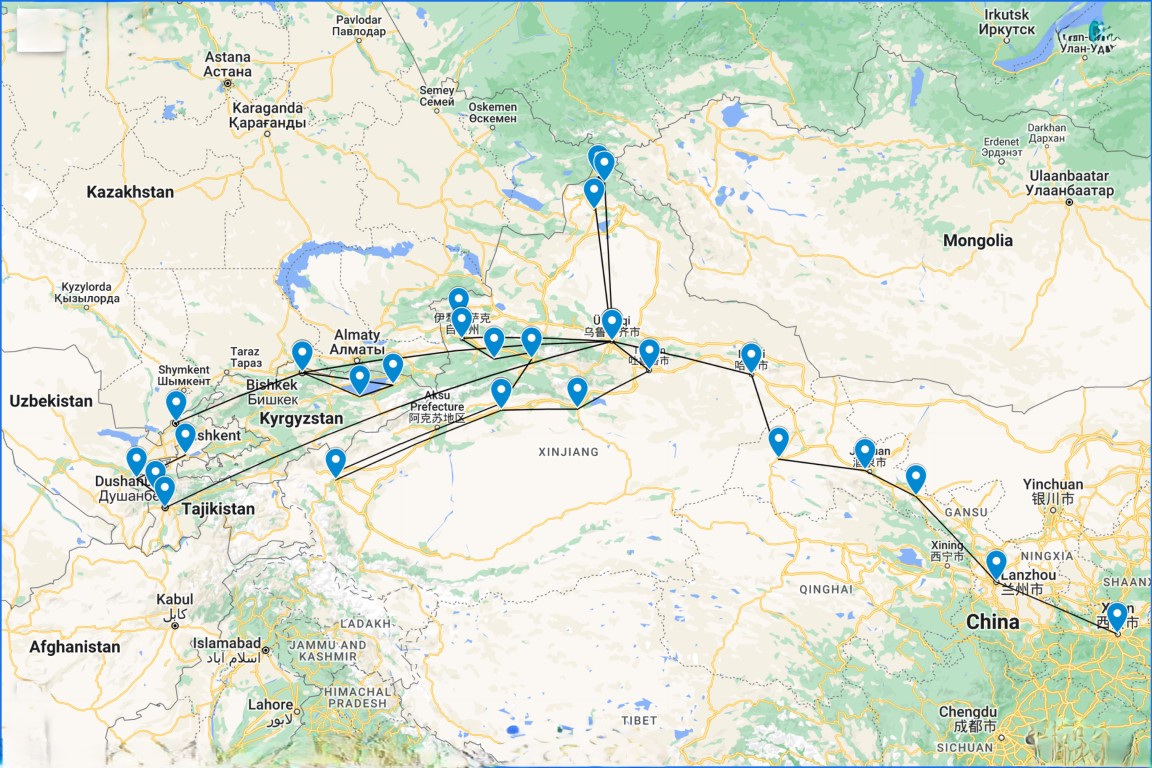
As a Chinese, I am trying for something a bit more exotic in China. This sounds like an oxymoron because China is predominantly Hans and others look quite indistinguishable from the Hans. In other words, most of them look like me. I flew into Urumqi, the capital of Xinjiang, on 12 June 2024.
Xinjiang is tucked away in the northwestern corner of China, bordering Kazakhstan, Kyrgyzstan, Tajikistan, Pakistan, India, Mongolia, Russia and Afghanistan – very distinguished companies. Urumqi is also the city that is furthest away from the sea in the world.
As I rode the subway from the airport into the city center, I started to see different ethnicities many looking more Turkish, with more pronounced facial features. Not only that, they also speak Mandarin with an exotic accent. Their religion is mostly Islam, but I do not see many girls wearing hijabs or other head coverings. Many signage is in Arabic, Chinese and English.
The Grand Bazaar is a landmark. Although it was built in 2002 and is not a historic building, it is still impressive. Built in Islamic style, the centerpiece is a tall minaret. It is said to be the largest bazaar in the world by scale. Chinese tourists thronged the pedestrian streets, the squares, the shops to revel and immerse in the atmosphere. The shops sell innumerable varieties of products Xinjiang is well known for – walnuts, grapes, traditional bread, snacks, textiles, and local souvenirs. I could already see that Xinjiang has plenty of land and is a land of plenty.
The following day I set out to see the Urumqi Museum. I paid 1 Rmb (0.14 USD) for the bus ride and nothing to see the museum. The museum exhibits were elaborate, with floors of exhibits of bronze mirrors, ancient clothes and accessories, mummies and ancient tombs, the history of Xinjiang to modern China, and the past heroics of individuals. After the visit, I paid Rmb 20 for a lunch of 20 dumplings.
In the afternoon I climbed the hill of Hongshan Park, a spot to see Urumqi from an elevation.
All in all, a day I did not bargain for.
Police presence was very visible at various tourist spots. So I could let my guard down as I go on the Silk Route!
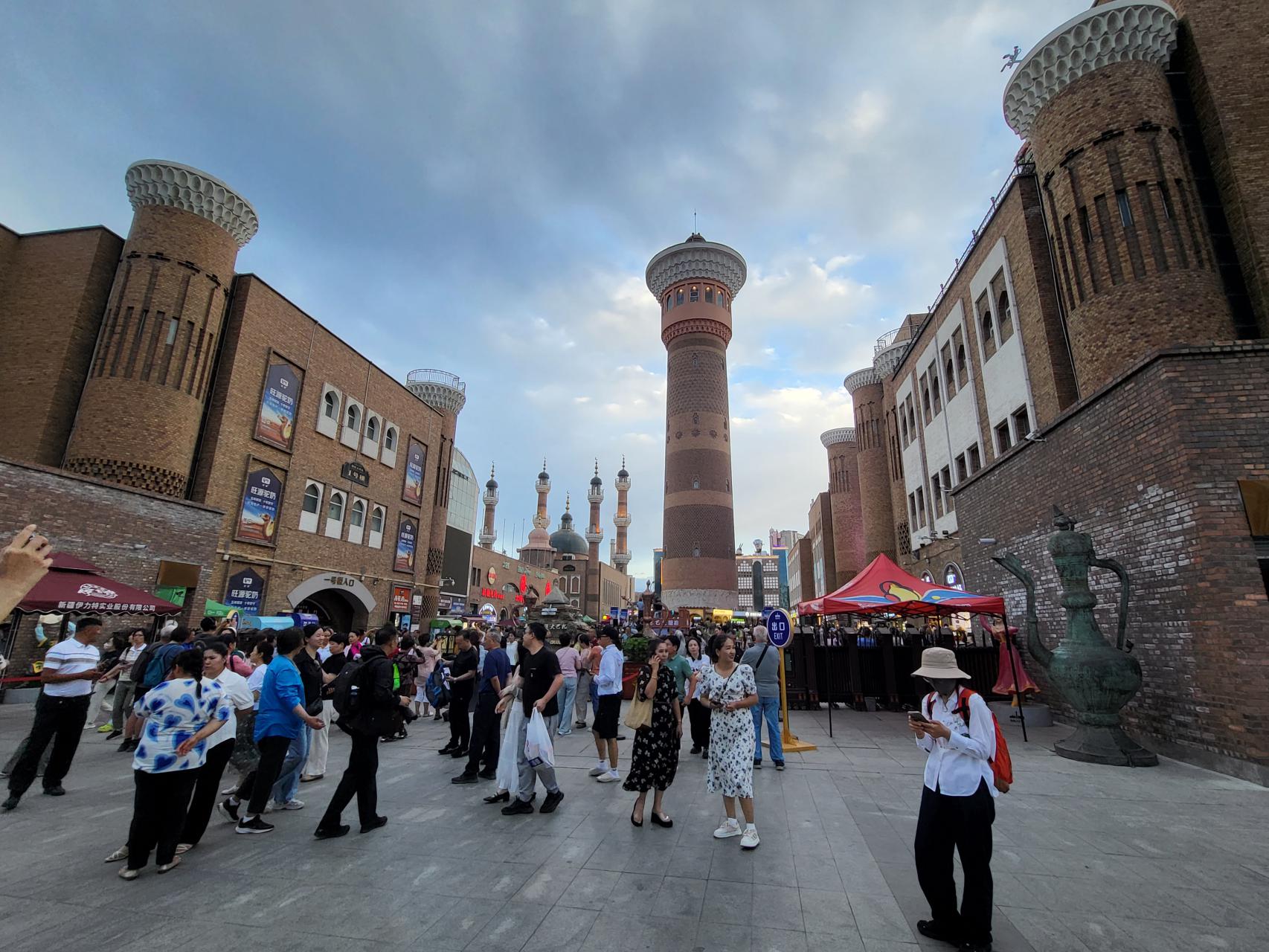
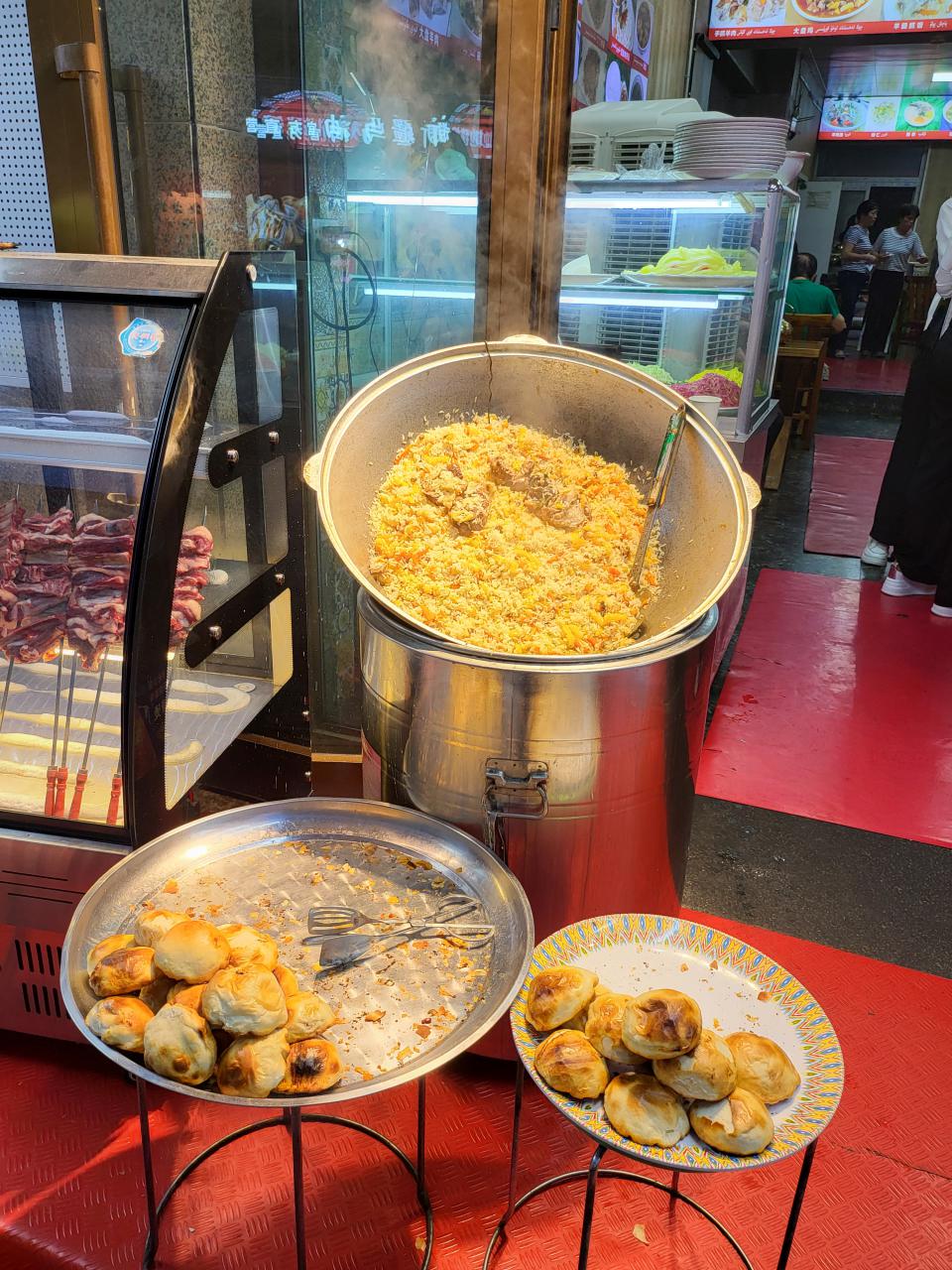
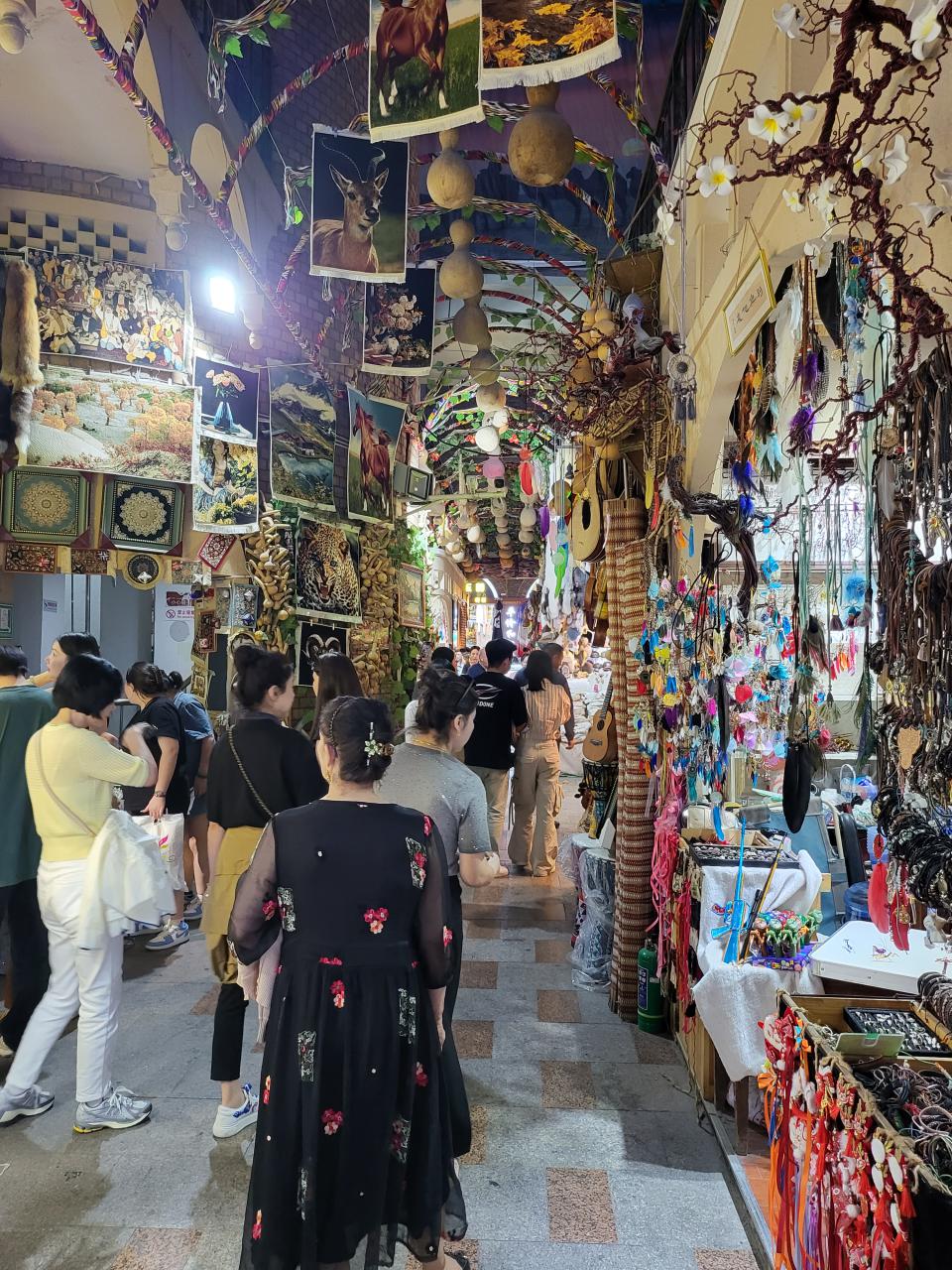

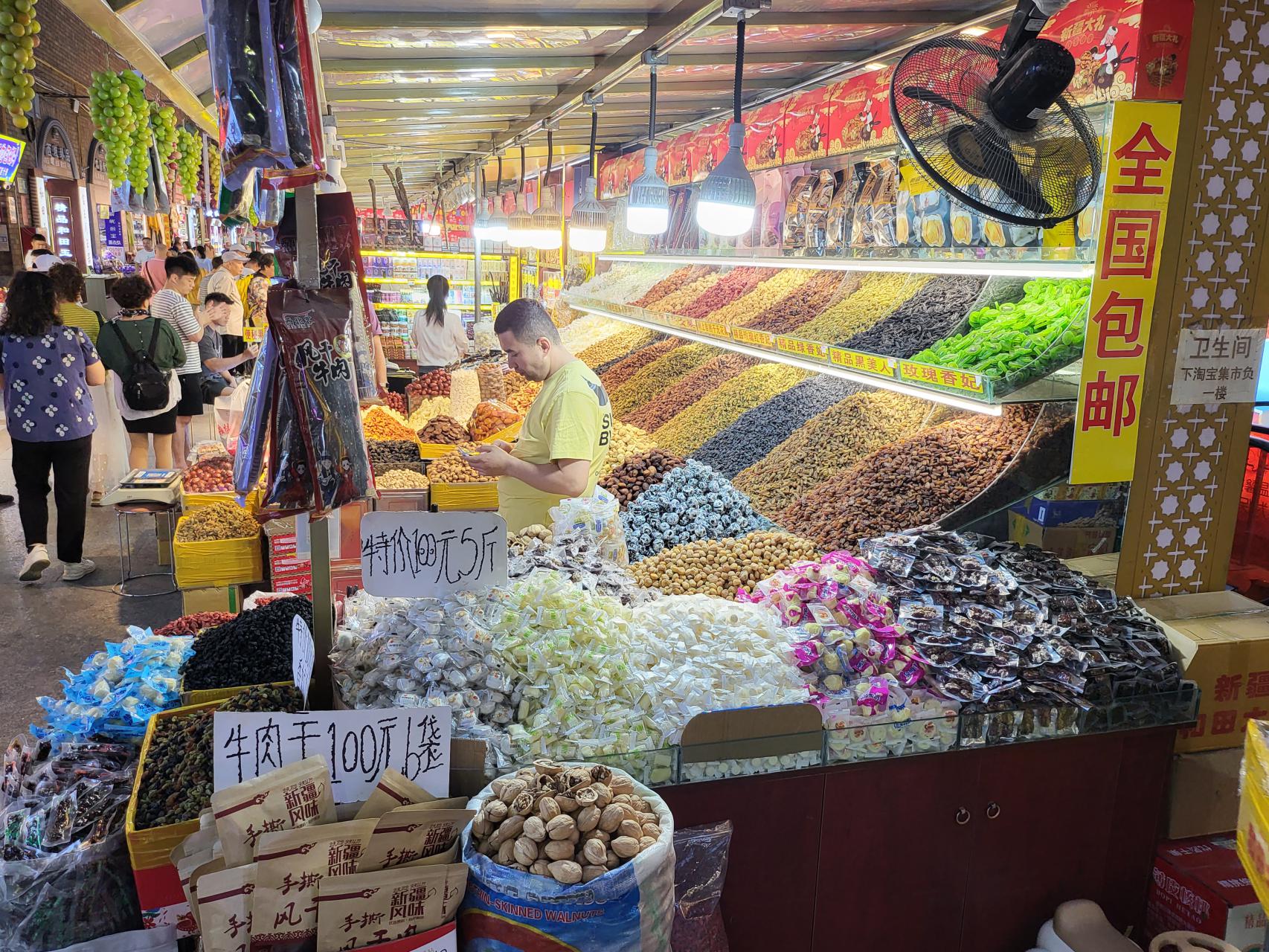
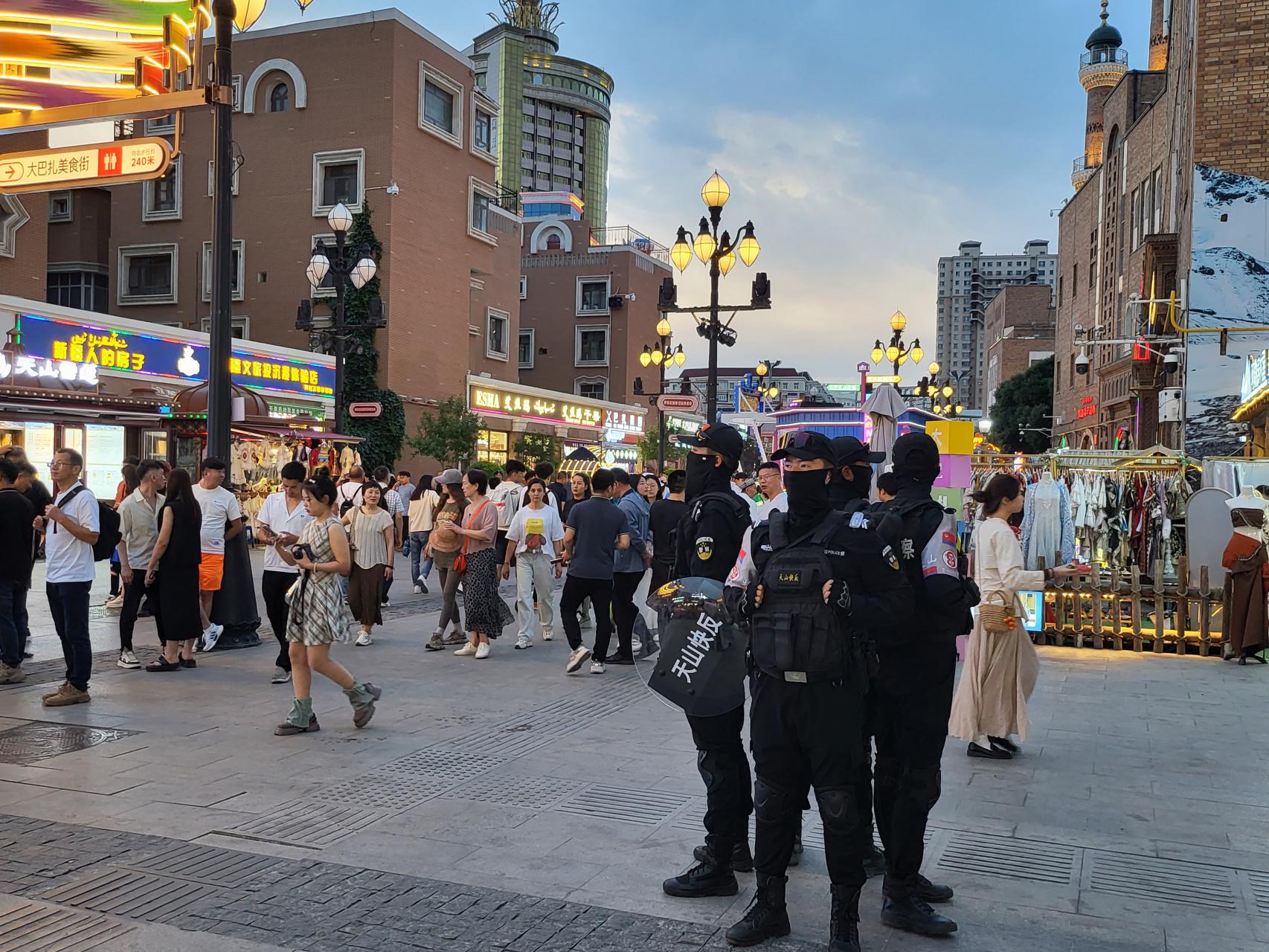
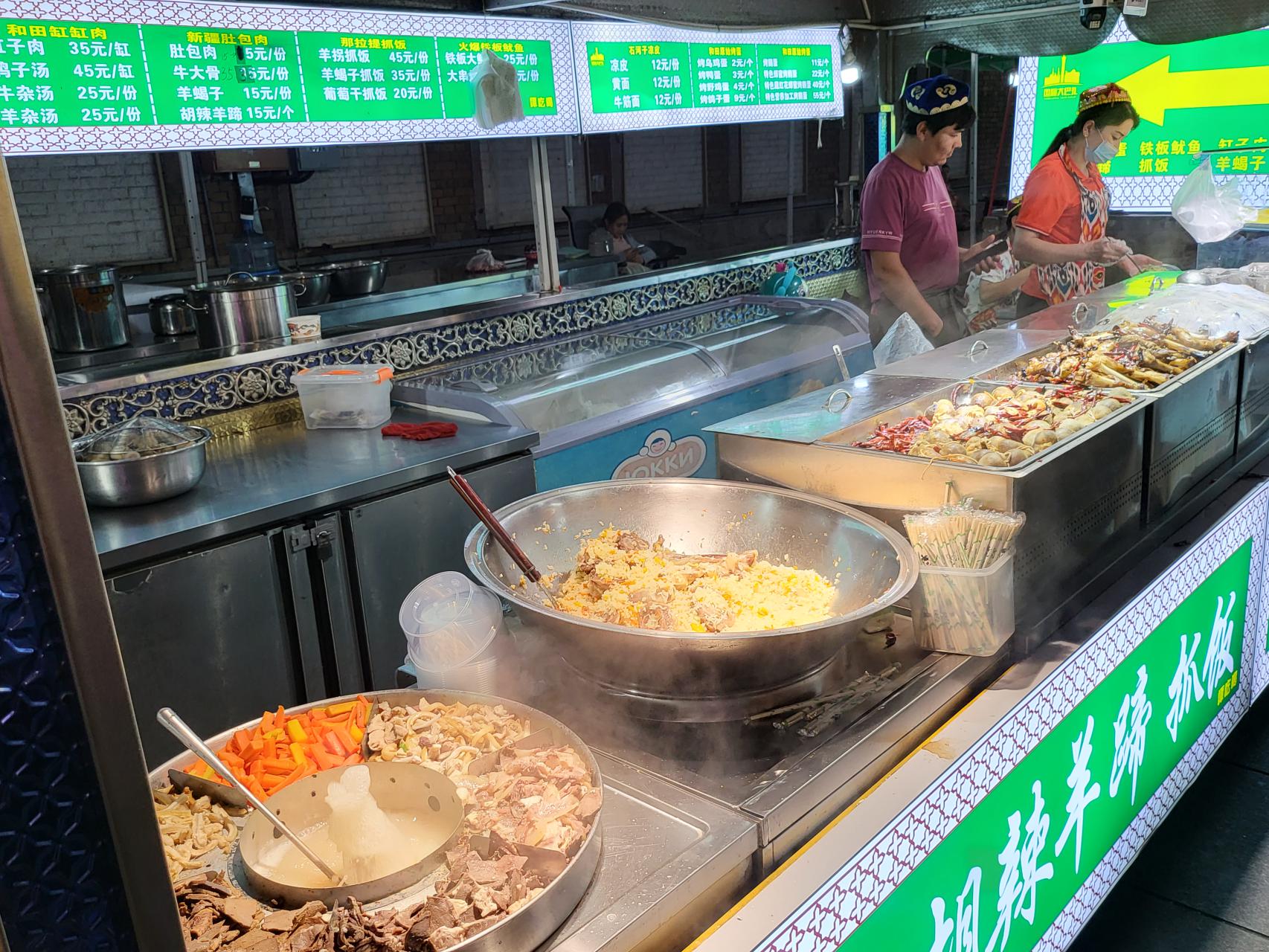
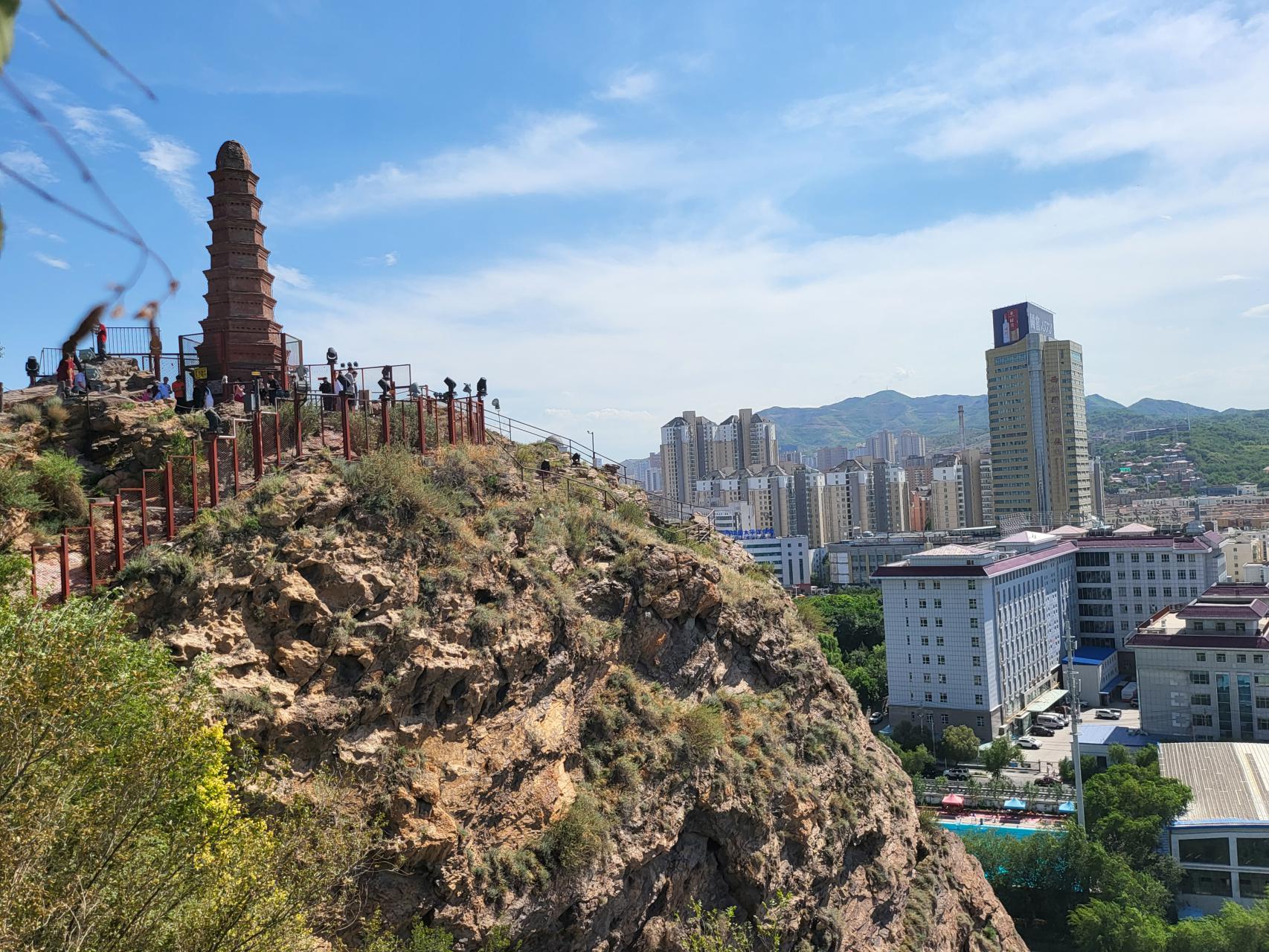
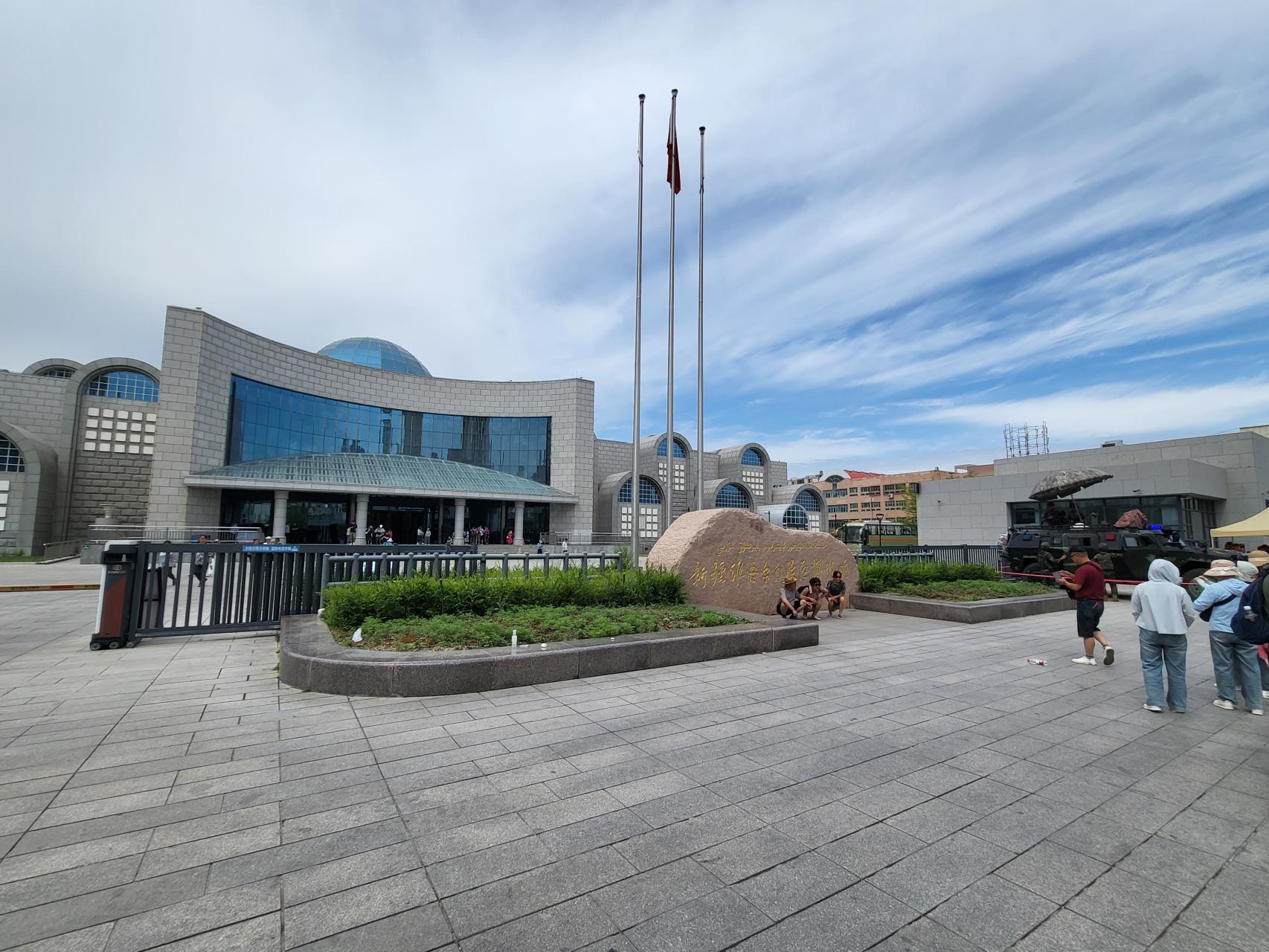
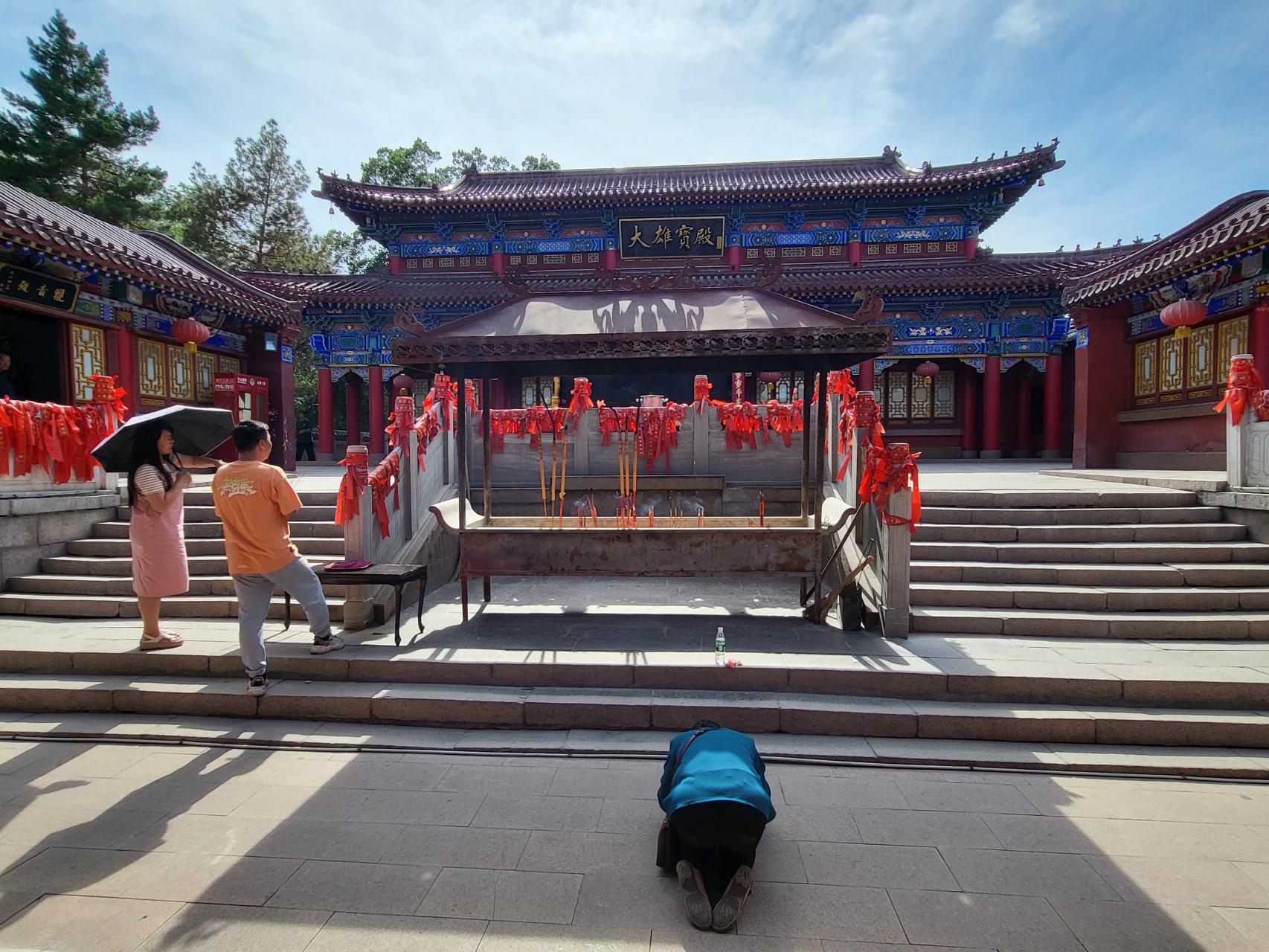
Looking for a working 12bet link? 12betlink is the place to be! Always find the most updated access thanks to them. No more broken links! Check the 12betlink website now!
Yo, up786game is kinda cool! The graphics are better than I expected, and I appreciate the various options they offer. It’s not perfect, but it’s solid. Check it out for yourself here: up786game.
Yo, bet4cassino is pretty cool! Their welcome bonuses are alright!. Check it Out Here bet4cassino
2PHCasino has some interesting promos every now and then. Worth checking out if you’re hunting for bonuses. Click here 2phcasino.
Yo guys, check this out! I’ve been messing around with FortuneGodsvn. The games are actually pretty fun. Have a look: fortunegodsvn.
ffwinbet, huh? Gave her a glance. Looks decent enough. If you’re looking to place a bet or two, might be worth having a look-see. Remember to bet responsibly though! Link’s here: ffwinbet.
23winslot? Name kinda speaks for itself, right? Slots galore! Some of them are surprisingly fun, and payouts aren’t terrible. Worth a spin or two, I reckon. More info here: 23winslot